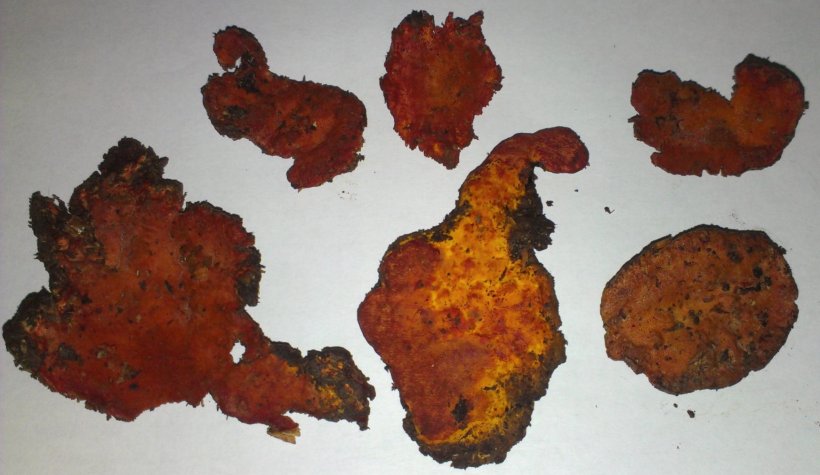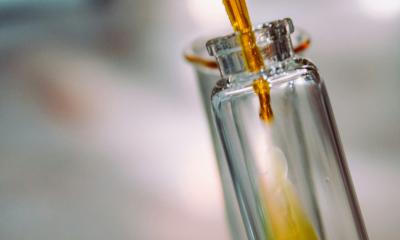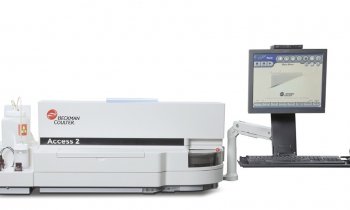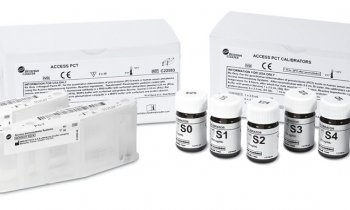
Image source: Thomaswz19, 牛樟芝1, CC BY-SA 3.0
News • Research on Antrodia cinnamomea
Promising fungal compound to fight cancer and inflammation
A team of researchers from National Taiwan University and National Yang Ming Chiao Tung University has found a promising compound hidden within Antrodia cinnamomea—a medicinal fungus unique to Taiwan and widely known in traditional herbal medicine. Their findings suggest that a specialized sugar-based molecule produced by this fungus may one day play a role in both cancer treatment and inflammation control.
The researchers published their findings in the journal Carbohydrate Polymers.
By cultivating Antrodia cinnamomea in a carefully controlled environment rich in ammonium sulfate, the team was able to stimulate the fungus to produce a special kind of molecule called a sulfated polysaccharide (SPS). Among the various compounds extracted, one fraction in particular—called N50 F2—stood out for its strong biological effects.
In lab tests, N50 F2 was able to significantly lower the levels of key inflammation markers such as IL-6 and TNF-α, which are typically elevated in many diseases. It worked by slowing down the signaling pathways that trigger immune cells to overreact. This anti-inflammatory property could prove useful in managing chronic diseases related to immune dysfunction.
Our study demonstrates the potential of natural fungal compounds for pharmaceutical development
Chia-Chuan Chang
Even more impressively, N50 F2 showed powerful anti-cancer activity in lung cancer cells. The compound not only stopped the cancer cells from growing but also triggered them to self-destruct—a process known as apoptosis. It did so by affecting several cancer-related proteins and pathways, making it a potential lead for developing new anti-cancer therapies.
The researchers also investigated the structure of this compound and found it to be a unique kind of sugar molecule—a sulfated galactoglucan—built from glucose and galactose units with sulfate groups attached. This specific structure appears to be key to its biological potency.
“Our study demonstrates the potential of natural fungal compounds for pharmaceutical development. With a fully controlled production and extraction process, we are optimistic about future applications in both health supplements and clinical treatments,” says Prof. Chia-Chuan Chang.
Source: National Taiwan University
25.08.2025











